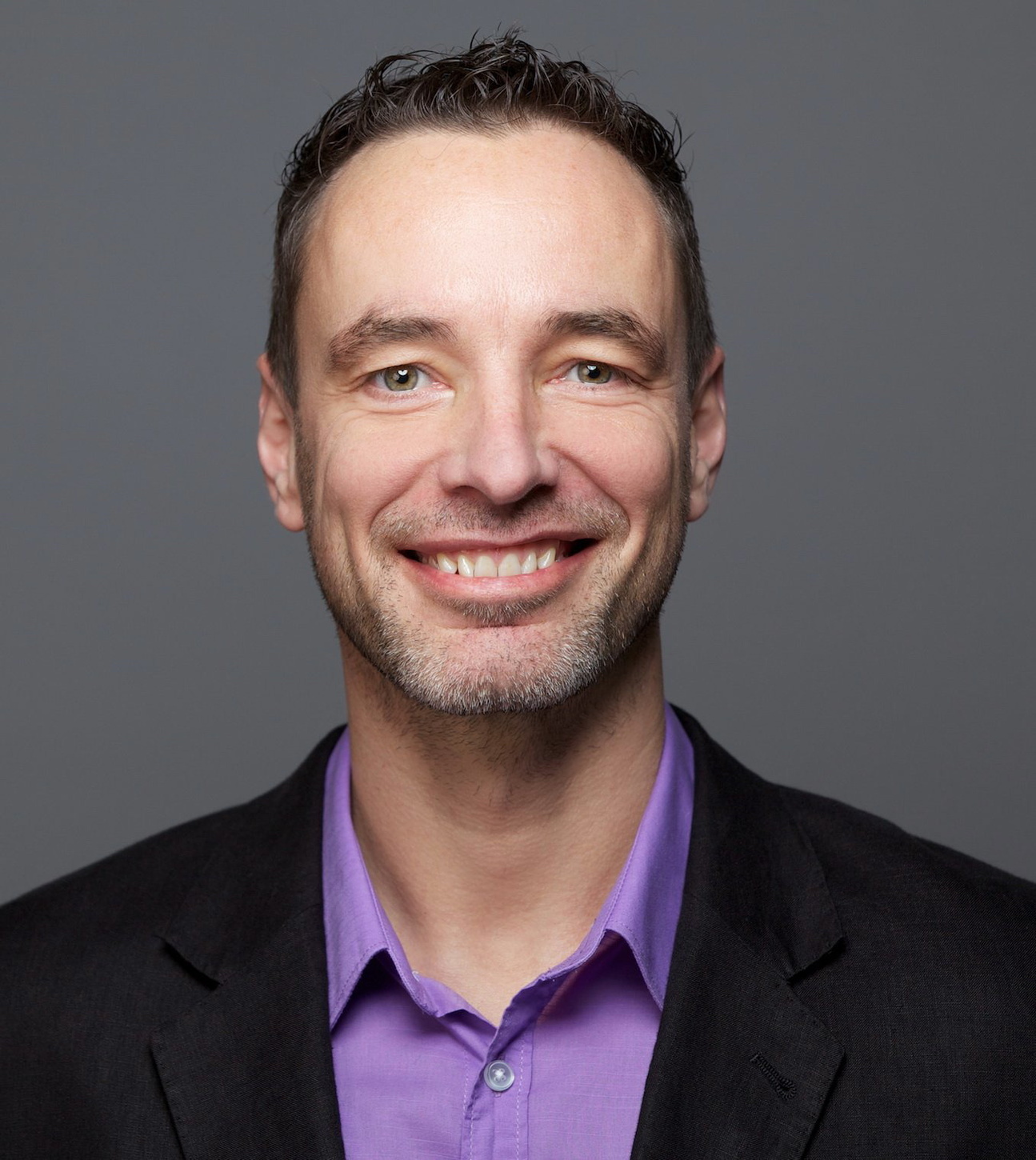

The largest album seller of the 1980s Īccording to Revista Veja (Brazil's largest weekly news magazine): "Simone Bittencourt de Oliveira was born twice. Two years later, on December 12, 1979, her next LP Pedaços was launched at Canecão Rio de Janeiro it was positively received by critics and drew over 120,000 attendees for the album tour. (Excerpt by Funarte): "Along with Belchior, young Simone brought crowds to João Caetano theatre for her Seis e Meia performance on August 25, 1977, and was highly acclaimed when singing 'Gota D'Água' Seis e Meia marked her first national recognition." She has just recorded "Cigarra", singing Gonzaguinha's "Petúnia Resedá" as well as songs by Fagner and Abel Silva ("Sangue e Pudins"), Milton Nascimento and Ronaldo Bastos ("Cigarra").Ī performance in 1977 was also claimed to be one of her best. She is improving her performance in each spectacle and is featured now among Brazil's best singers. At the Teatro Clara Nunes, directed by Hermínio Bello de Carvalho, she presented "Face a Face". In 1977, beyond launching 'Face a Face' and the Dona Flor and Her Two Husbands soundtrack, she was acclaimed in a spectacle at the Museu de Arte Moderna. An excerpt from the Projeto comments on her success: The same year, she also met Chico Buarque at the studio and said, " O Que Será opened doors for me and my career."įrom June 16 to September 15, 1978, she was among artists of the Projeto Pixinguinha that traveled around the country with upcoming new singers. The last, composed by Chico Buarque, was featured in the soundtrack of the film Dona Flor and Her Two Husbands, by Bruno Barreto, which helped to popularize the music.
#GEMA REPERTOIRE TV#
Shows and TV festivals īy 1977, she reached national recognition in Brazil, notably with Jura Secreta, Face a Face and O Que Será. Both were produced by Hermínio Bello, who would also produce the next two albums, Quatro Paredes and Gotas D´Água, the last with Milton Nascimento's production. They performed at Olympia, Madison Square Garden in New York City, Belgium, and Canada with great success, launching two albums, Brasil Export 73 and Festa Brasil. This tour was organized by Hermínio Bello de Carvalho, a major record producer in Brazil. Early in her musical career, she was invited to participate in an international tour, starting with a presentation at the Olympia in Paris. When she transitioned from sports to stage performance, she was supported by her father, an amateur opera singer, and her mother, a pianist. This was followed by an appearance on Mixturação (director/producer Walter Silva, April 1973), a TV Record program where she was one of the promising new talents. On March 20, 1973, Simone was launched for the press in a closed meeting at the Hilton Hotel in São Paulo later on, she would appear for the first time on a TV program, for TV Bandeirantes. It circulated only among friends, relatives, and artists ten years later it would be re-edited and with a different cover. Her eponymous debut album was recorded in October 1972 at a low cost and with a few musicians, conducted by José Biamonte. At the end of this encounter, specially scheduled for her performance, came an offer of a contract to record not one but four albums at once. Her music career began when a close friend and guitar teacher Elodir Barontini invited her to sing at a dinner with Odeon's marketing manager. She studied in Santos, São Paulo, majoring in physical education.

#GEMA REPERTOIRE PROFESSIONAL#
During her teenage years, she was a professional basketball player and moved to São Paulo to become a member of the women's national basketball team. Simone was born on December 25, 1949, in Salvador, Bahia, as the seventh daughter in a family of nine children. 2.2 The largest album seller of the 1980s.


 0 kommentar(er)
0 kommentar(er)
